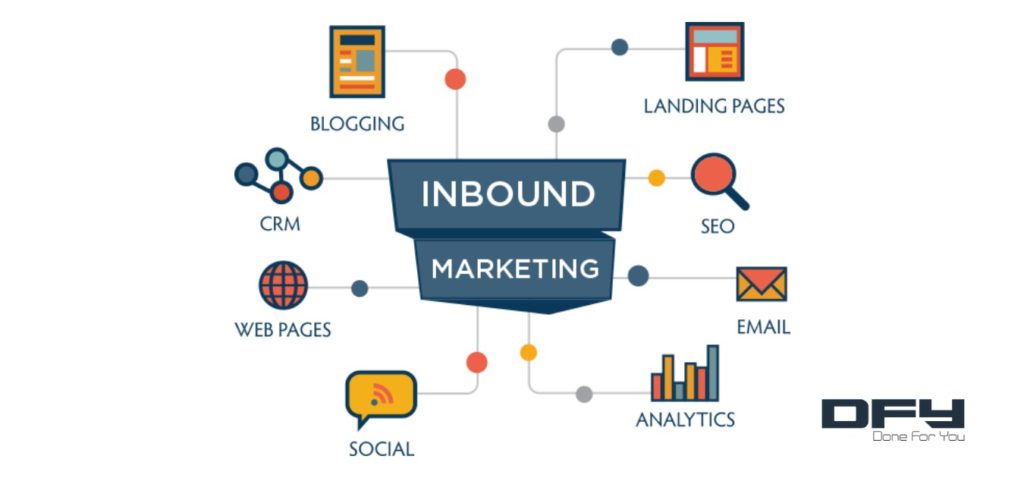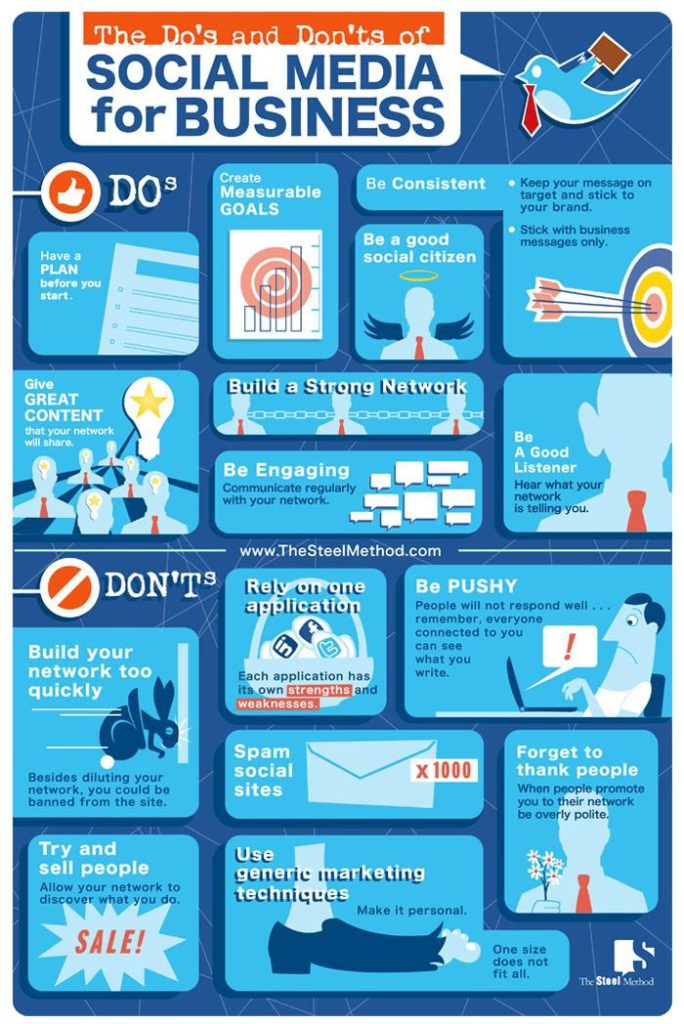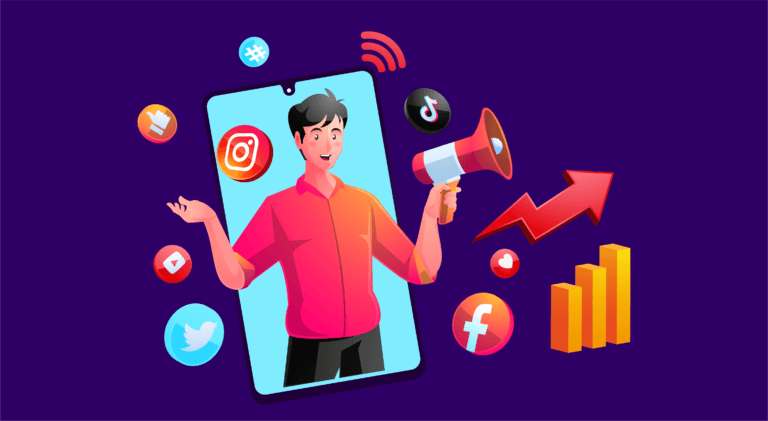Inbound Marketing Dos and Don’ts: 8 Things to Avoid Saying to An Inbound Marketer

Table of Contents
- What Is Inbound Marketing?
- 8 Things to Avoid Saying to An Inbound Marketer
- Key Takeaways
- Conclusion
- FAQs
Making mistakes is human, and we all make some sporadically. But when it comes to starting and growing a business, these mistakes can easily result in wasted time, effort, and resources. Many exceptional marketing gurus in the world have educated us on inbound marketing dos and don’ts. But learning what the most damaging mistakes in inbound marketing are is the first step in learning how to prevent them from happening in your business. Before that, let’s briefly understand the meaning of inbound marketing.

What Is Inbound Marketing?
According to HubSpot, inbound marketing is defined as “an approach focused on attracting customers through content and interactions that are helpful and relevant”. Inbound marketing is a strategy of growing your business by “drawing in” customers, businesses, and clients to your brand through SEO, content marketing, social media, video marketing, webinars, and other methods.
8 Things to Avoid Saying to An Inbound Marketer
Inbound marketers are experts who know how to lure in potential buyers through strategies, such as content marketing, SEO, and social media. When you’re following inbound marketing tips, it is also imperative that you know about the things to avoid saying to inbound marketers. Let’s see what they are.
1. Create generic content
Content plays a major role in inbound marketing. It can be presented as text, images, and videos: no matter what form, content mapping is essential. This important step involves creating buyer personas and mapping out buyer lifecycles. Someone with a family will have different information needs, queries, and interests than someone who lives by themselves. Both of them will be looking for your products but for different reasons. It is critical to create content that appeals to each of your target audiences. Including storytelling in your content and focusing on solving customers’ problems keeps them coming back to you.
2. Product matters the most
Tailor your market strategy by undertaking a consultative approach. Focusing solely on your products won’t get you any leads. If you’re an expert in solving issues with some service or product, you want to tell your customers what they’re supposed to do. It shows you care about them and solve their problems, instead of just harping on your product, its features, and offers.
3. Blogs do not convert into leads
Conversely, a blog is a powerful tool that offers value and generates leads through quality, meaningful content. There is a reason why millions of posts are published every day. According to research, 55% of marketers consider blogging as one of their top inbound marketing strategies.
Selective placement of call-to-action (CTA) buttons and sign-up forms in strategic places throughout your content generates potential leads. Using long-tail keywords and offering a free e-book, webinar, or newsletter as an incentive to sign up is also a good inbound marketing tip.
4. Include keywords in every sentence
A basic understanding of SEO is mandatory to earn success with your business in a search-driven marketplace. The most important things to focus on are on-page SEO, keyword placement, and backlinks for your site. And it is done through keyword optimization.
Before writing your content, conduct a keyword search, and do not stuff keywords haphazardly. Content that reads unnaturally can get you penalized by search engines. Find specific long-tail keywords that can be used for targeting your content. Consider this one of the most essential tips for inbound marketing.
5. There is no time-limit to contact a qualified lead
The longer you wait, the less likely you are to get through to your leads and get them into your funnel. Take the users’ short attention span into account. Also, remember that your focus should be on attracting high-quality leads. Driving sales through inbound marketing isn’t about making everyone happy; it’s about doing what produces long-term results. Never begin a conversation with, “How may I assist/help you?” Instead, start with asking relevant questions and provide solutions to their queries, in order to increase engagement.

6. Use each and every marketing channel
This is one of the worst tips for inbound marketing. Every marketing channel needs to be tackled gradually, over months, and handled one step at a time. Prioritize social media channels, blogs, and emails one after the other, instead of working on everything at once. Conduct timely research on which channel is performing the best and which one requires the most attention. Take one step at a time.
7. Scheduling content publication does not matter
The decision about the content publication schedule is solely dependent on the marketer. However, it is highly crucial to stick to a publication plan once you have fixed one.
8. Visuals are not necessary
A virtuous inbound marketer always looks for catchphrases, taglines, titles, creative sayings, trending memes, graphics, illustrations, branded images, and videos to make their content more relatable, realistic, captivating, and valuable. Humans have a lasting visual memory, and from an SEO perspective, visuals are known to drive more traffic.
Key Takeaways
- Have your buyer persona in mind at all times.
- Focus on storytelling and problem-solving.
- Blogging drives traffic as long as you create quality content.
- Respond as quickly as possible to your leads.
- Avoid keyword-stuffing in your content.
- Prioritize the best performing marketing channel and improve the strategy for the rest.
- Schedule your content publication activities.
- Make your content more visual.

Conclusion
Inbound marketing yields results in the long run. It is a great way to build and establish a brand on a large scale. By following the above-mentioned dos and don’ts for inbound marketing, you can formulate a great strategy and fetch more leads.
FAQs
Some key inbound marketing channels include social media, videos, blogs, ebooks, pillar pages, press releases, infographics, newsletters, podcasts, webinars, guest posts, research papers, and expert interviews.
An inbound marketing strategy draws customers to your brand through valuable content that is relevant and useful.
Inbound marketing essentially follows four steps: attract, convert, close, and delight.
You need to understand the product or service offered, know the purpose of your content, sketch your target audience, and align your content with the client’s journey. This is also a crucial inbound marketing tip.
The five principles of inbound marketing are: standardize, contextualize, optimize, personalize, and empathize.
Create content that appeals to each of your target audiences. Ask yourself questions from a customer’s point of view and try to answer them through your content.
Latest Blogs
Explore how Google’s 2025 AI search updates triggered ranking chaos. Learn actionable strategies to adapt your SEO for AI Overviews, zero-click searches, and SERP volatility. Stay ahead now.
Learn how to rank on AI search engines like ChatGPT, Perplexity, and Gemini by optimizing your content for authority, structure, and relevance. Stay ahead in AI-driven search with this strategic guide.
Explore the best healthcare SEO services for your medical practice. Improve online visibility and effectively reach more patients in need of your services.


